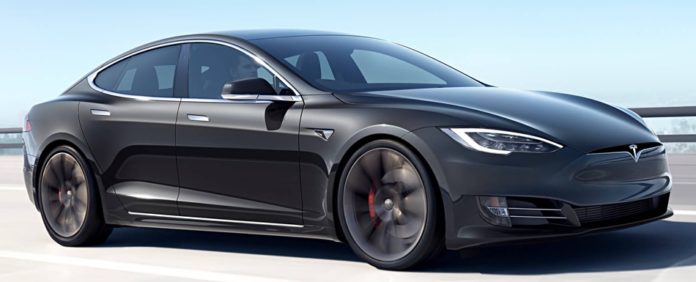The USA’s National Highway Traffic Safety Administration (NHTSA) wants Tesla to recall 158,000 Tesla Model S and X vehicles, in order to replace a flash storage unit that wears out too quickly and blanks the rear-view camera on the video screen dashboard.
Some screen management functions are handled by the car’s media control unit (MCU) which includes a Nvidia Tegra 3 processor and integrated 8GB eMMC flash memory drive with a 3,000 Program-Erase endurance rating.
The MCU displays the rear-view camera image on the car’s dashboard screen and is fitted to Model S vehicles manufactured in 2012 – 2018 and Model Xs I built in 2016 – 2018. This screen area is also active in windscreen defogging and defrosting control, the autopilot system and various driver signals and alerts.
All these functions fail when the MCU NAND wears out, the NHTSA wrote in a letter to Tesla, dated 13 January. “During our review of the data, Tesla provided confirmation that all units will inevitably fail given the memory device’s finite storage capacity.”
“At a daily cycle usage rate of 1.4 per block, accumulation of 3,000 P/E cycles would take only 5-6 years. Historically, the expected life of a vehicle generally far exceeds 5-6 years of service.”
Tesla predicted the “replacement rates for MCU failures will peak in early 2022 and gradually decline until (near) full part turnover has been accomplished in 2028.”
The company has not yet commented on the NHTSA recall letter. However, it issued a UK warranty update notice in November 2020: “For customer peace of mind, we are providing additional coverage on some Model S and Model X vehicles built before March 2018 that are equipped with an 8GB embedded MultiMediaCard (“8GB eMMC”) in the media control unit.”
Tesla said it would “repair or replace the 8GB eMMC free of charge at any Tesla Service Centre” if the affected vehicle was less than eight years old or had accumulated less than 100,000 driven miles. The repair includes fitting the vehicle “with an enhanced, 64GB eMMC to restore original functionality of the touchscreen.”








